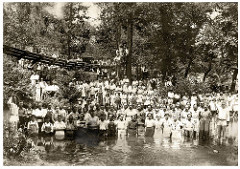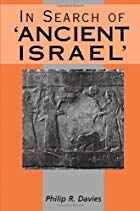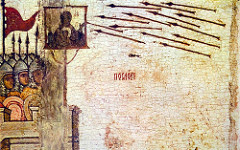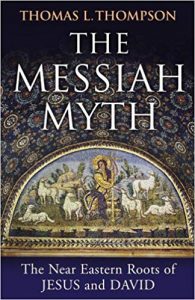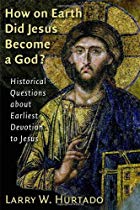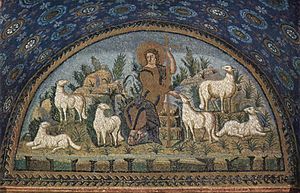
Thomas L. Thompson wrote The Messiah Myth to demonstrate that the sayings and deeds of Jesus in the Gospels (and David in the OT) are the product of a literary tradition about Saviour figures — both kings and deities — throughout the Middle East. The subtitle of the book is “the Near Eastern roots of Jesus and David”.
A number of New Testament scholars have expressed concern that contemporary classical literature is not widely read and studied by their peers. One’s understanding of the Gospels and Acts — and even the New Testament letters — is enriched when one can recognize links between them and other literature of their day. Thompson goes a bit further than this, and appeals for a greater awareness of the longstanding tradition of literary themes and images that were the matrix of both Old and New Testament narratives.
Some scholars see in Jesus’ sayings certain gems that are unique or holy or brilliantly enlightened and worthy of the deepest respect. They see in his deeds of healing and concern for the poor and weak a noble character worthy of devotion.
Some see the themes of concern for the poor and condemnation of the rich and powerful as evidence that Jesus was tapping into popular revolutionary or resistance sentiments among peasants and displaced persons in early first-century Galilee.
Other scholars see in the saying evidence of economic exploitation such that a sense of resentment could easily morph into a Jesus movement.
All of the above interpretations are thrown into question when one notices their echoes in the OT – and especially throughout the wider world of the OT. The wordings vary, but they are all clear reiterations of the same motifs.
But after one becomes more familiar with the literary heritage of the ancient “Near East”, one must legitimately ask if all those sayings and deeds of Jesus are nothing more than stereotypical tropes that authors wanting to describe any God in the flesh or Saviour King would inevitably use. What is said of Jesus was said countless times of your average typical Saviour Pharaoh or Mesopotamian monarch or deity.
Naturally we expect the Gospel authors to be more influenced by the Jewish texts than Egyptian or Mesopotamian ones, but Thompson shows that this is all part of the same package. What we read in the Old Testament is much the same as we read among Egyptian, Syrian and Babylonian literature. It’s all part and parcel of the same thought world.
Thompson asks readers to re-read the Gospel narratives about Jesus in the context of the literary heritage of the Jewish scriptures — and to understand that heritage as itself part of a wider literary and ethical outlook throughout the Middle East. Don’t forget that Jews were not confined to Palestine but were well established in communities from Babylonia to Egypt, too.
The following extracts are from Thompson’s discussion of The Song for a Poor Man. It is only one of the several facets of this heritage that Thompson addresses. One sees that the ancient world was full of Saviours like Jesus. It must have been a happy time and place (tongue in cheek). Continue reading “Jesus: a Saviour Just Like the Kings and Gods of Egypt and Babylon”

